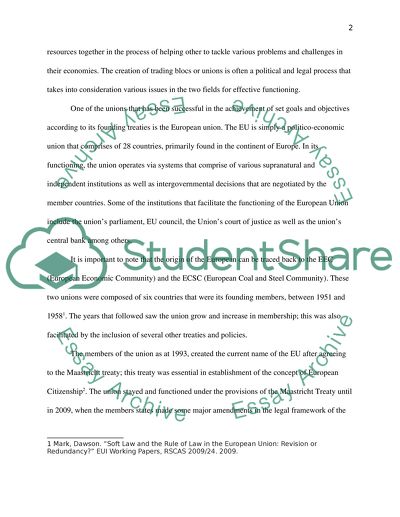Cite this document
(“European Union- Treaty of Lisbon Essay Example | Topics and Well Written Essays - 1500 words”, n.d.)
Retrieved from https://studentshare.org/law/1663120-european-union-treaty-of-lisbon
Retrieved from https://studentshare.org/law/1663120-european-union-treaty-of-lisbon
(European Union- Treaty of Lisbon Essay Example | Topics and Well Written Essays - 1500 Words)
https://studentshare.org/law/1663120-european-union-treaty-of-lisbon.
https://studentshare.org/law/1663120-european-union-treaty-of-lisbon.
“European Union- Treaty of Lisbon Essay Example | Topics and Well Written Essays - 1500 Words”, n.d. https://studentshare.org/law/1663120-european-union-treaty-of-lisbon.


